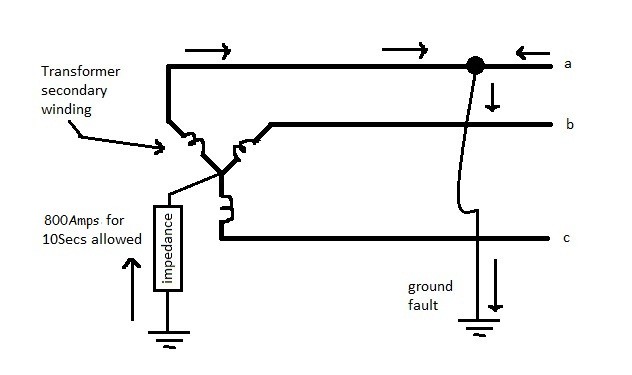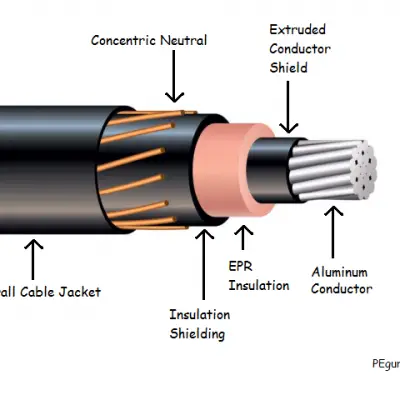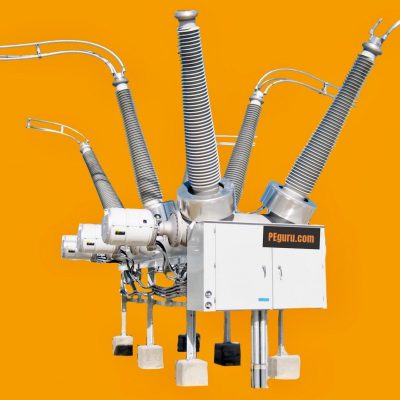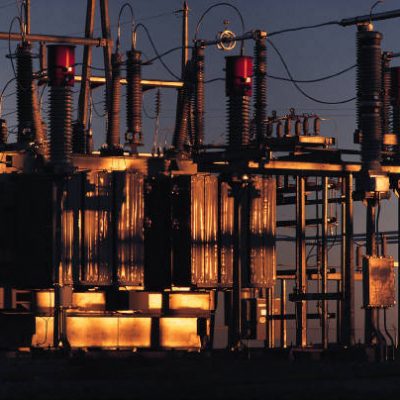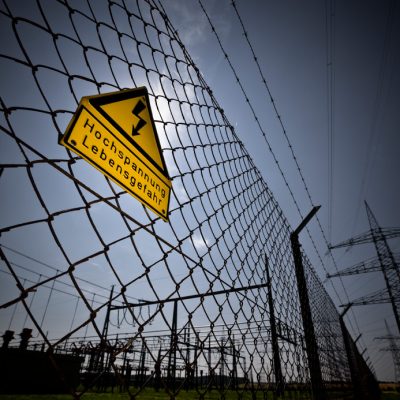Resistor vs. Reactor – Which Transformer Neutral Grounding Method Would You Choose?
Short-circuit faults involving ground produce high fault current magnitude especially when the transformer’s neutral is solidly grounded. Why?
Resistor vs. Reactor – Which Transformer Neutral Grounding Method Would You Choose? Read More »

